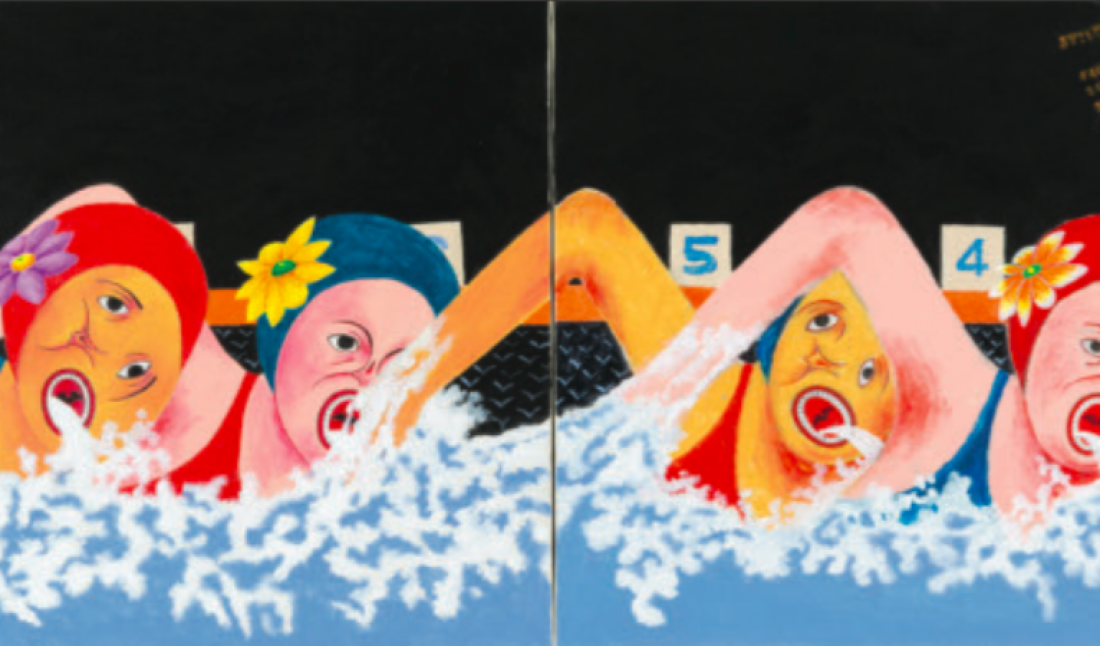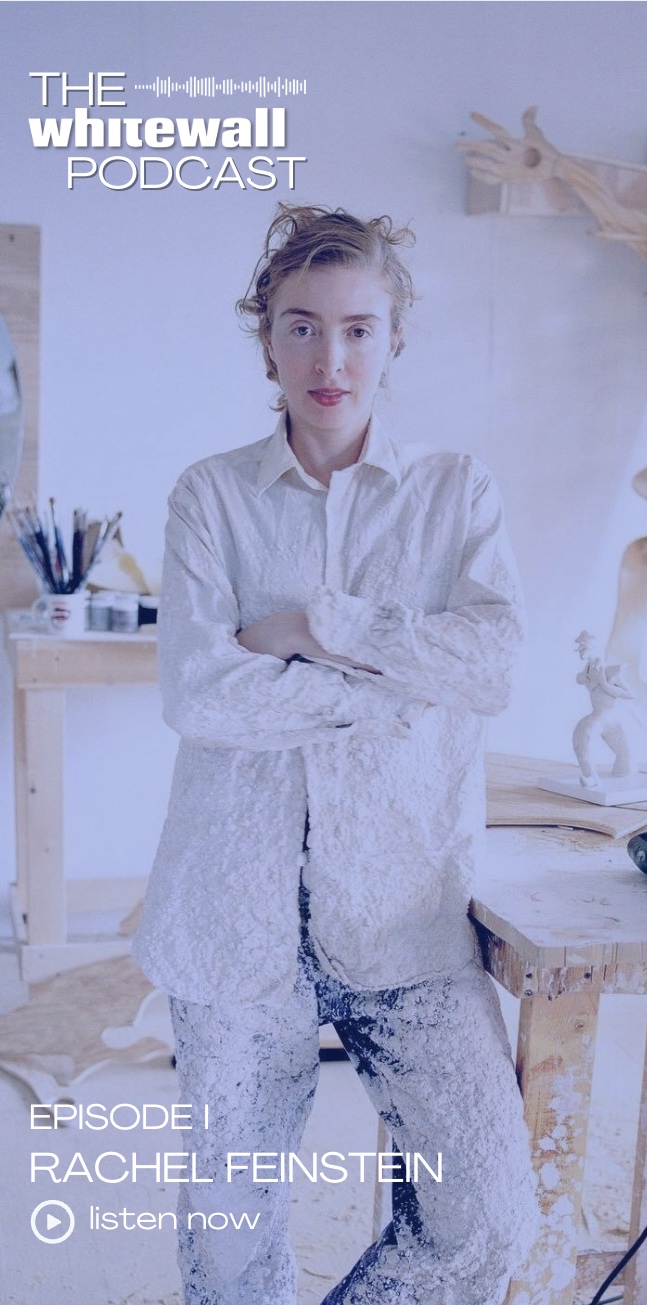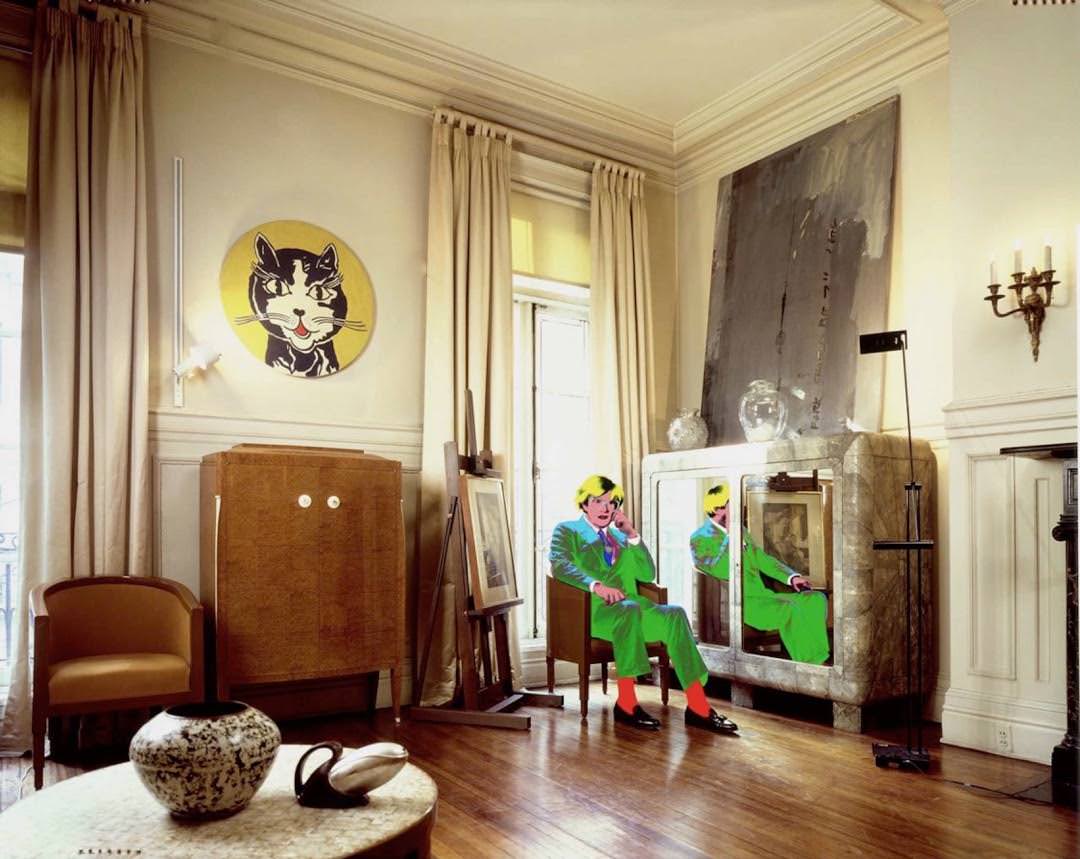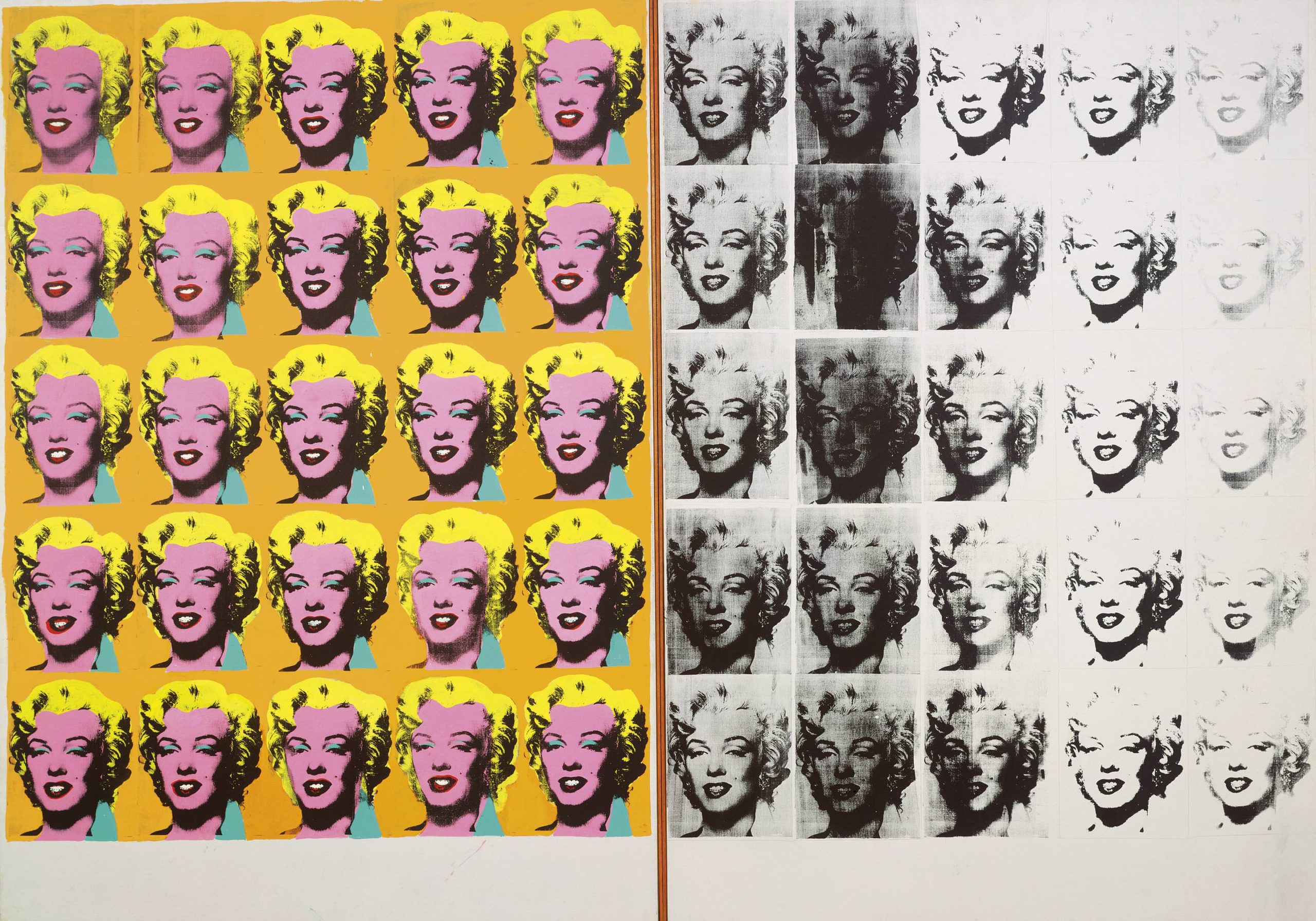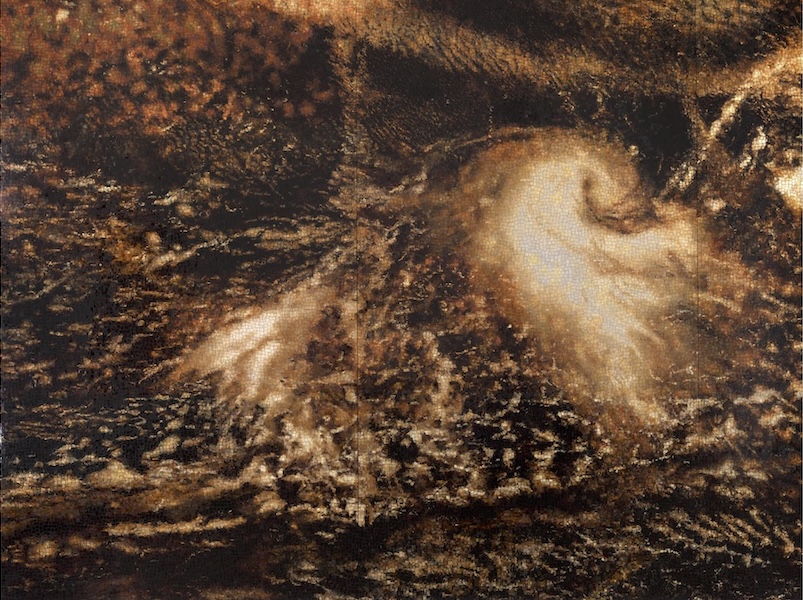Tadanori Yokoo, who emerged on the Japanese avant-garde art scene in the 1960s, has been called the Warhol of Japan. He is still one of the country’s leading artists, still making work in which reality collides with fantasy in stark colors and scenes. Last November his new work was on view at Albertz Benda in New York, in the show “49 Years Later.” For Whitewall‘s winter 2016 issue, we thought who better to interview Yokoo about his latest paintings than Eric Shiner, director of the Andy Warhol Museum?
Shiner, who previously curated a 2008 show of Yokoo’s work at Friedman Benda in New York, spoke with Yokoo about his thoughts on the ongoing comparison to Warhol, Takashi Murakami, and the possibility of a Yokoo Museum in Japan.
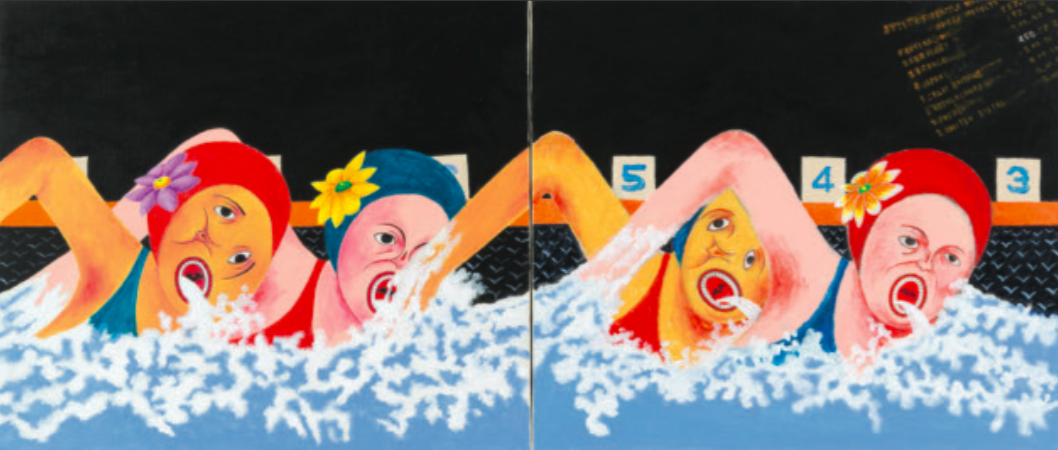 RK2
RK2ERIC SHINER: Tadanori Yokoo, it is a great honor to interview you for this article. You’re often referred to as the Andy Warhol of Japan. Do you love that comparison or hate it?
TADANORI YOKOO: I respect Warhol and I knew him in person. Actually, I was half embarrassed and half happy to be referred to as the “Andy Warhol of Japan.” In the meantime, not only in the U.S., but also in Europe, the catchphrase became more and more popular. Once I told that to Mishima Yukio. He said he himself was referred to as the “Oscar Wilde of Japan” in the U.K. and the “Truman Capote of Japan” in the U.S. According to him, though we Japanese don’t use this kind of analogy, it’s good for you to give a strong impression to the people. So I came to understand that I need not dislike nor be embarrassed by such a catchphrase.
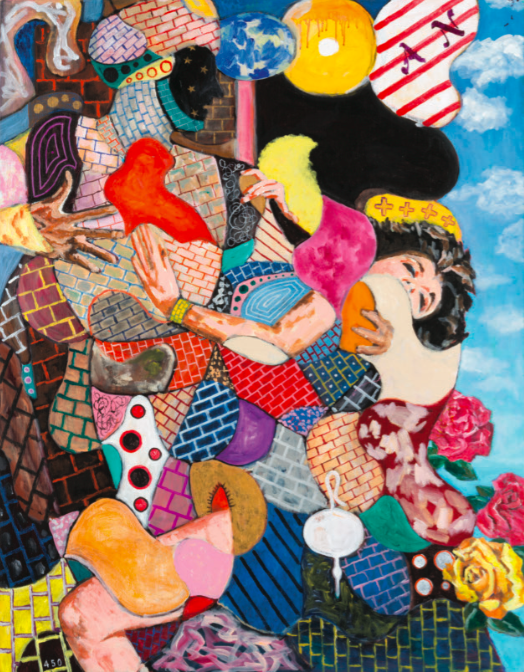 2015
2015ES: You grew up in rural Japan but quickly became one of the most important young voices of your generation through the visual wonderland that you crafted. What drove you to become an artist?
TY: Being adopted by the Yokoo family at the age of four, I spent my lonely childhood as an only child. I was always alone in my house making imitative drawings of picture books. I seldom read books before I was 30 years old. All I viewed were movie magazines (portraits of the movie stars), picture storybooks (illustrations), et cetera, and I was totally engaged in copying them. Inspired by all kinds of these visual elements, maybe I’ve created a story-like expression of dream, adventure, wonder, enigma, mystery, romanticism, eroticism, and so on, which you call “the visual wonderland.”
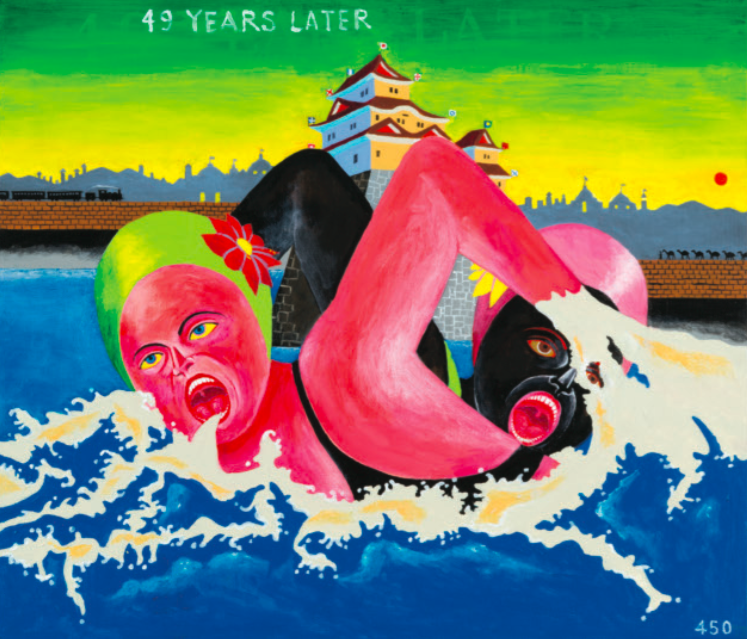 46 x 35 inches
46 x 35 inchesES: You were close with author Yukio Mishima. Did you ever think that he had the power to overthrow the Japanese military? Was he romantic or mad?
TY: It’s true Mishima’s logic was so powerful, but I don’t think he could actually overthrow the military. For me, he was an artist of the Romantics. He was something like a theatrical person who could make reality into fantasy and fantasy into reality. He was a man of reason, not mad at all.
ES: Your posters for me define the aesthetics of 1960s Japan—a hybrid world of postwar American icons and domestic Japanese motifs. How did you philosophically come to terms with these two major strains in your work?
TY: I agree with your analysis on my posters. In the beginning of the sixties, modernism was the mainstream of Japanese graphic design, and it was my starting point as well. But I grew up in rural Japan totally surrounded by indigenous and pre-modern things. After I came to Tokyo, I was still under the influence of these elements, and my design experiment was regarded as anti-modernism by Japanese society. This is because I have taken pre-modern icons, an integral part of myself, in my design factors. Moreover, I have put two elements together, American pop art images and Japanese icons (Japanese playing cards, picture-story shows, match labels, labels for export commodity, and so on) designed by nameless people. I think my approach was something similar to what Japanese people did when they tried to import western culture in the Meiji period.
ES: You have two museums in your honor showcasing your work in your native Hyogo Prefecture, and yet you live and work in Tokyo. Will we ever see a Yokoo Museum there?
TY: Okanoyama Museum of Art, Nishiwaki used to show my works but now they are introducing young artists. Thanks to the governor of Hyogo prefecture, Yokoo Tadanori Museum of Contemporary Art, which would be my home base, I suppose, has opened in Kobe. I have no museums in Tokyo, but Teshima Yokoo House, proposed by Fukutake Soichiro, chairman of the Benesse Corporation, has opened in the Setouchi area.
ES: You are probably the coolest person in Japan. Your talent and your sense of humor have always made you that much more attractive. Is there anything you haven’t tackled yet in life that you still want to accomplish?
TY: Well, thinking of my physical age, this is time to concentrate in the final stage of my paintings, not something like new media. In my case, almost all the works are created at the request of others. Stage design, video art, movie actor, architecture, music, and so on…all these are commissioned. Only painting is actively created.
ES: You’ve been working on a series of portraits of famous people from around the world recently. How did that series come to be?
TY: These works were commissioned by the Cartier Foundation in Paris. The request was to create more than 110 portraits of the artists, including me, who have ever shown their works at the Cartier. Last year, the works were in the exhibition celebrating the 30th anniversary of the museum, then became part of its collection.
ES: Do you like Takashi Murakami?
TY: It’s impossible for me to create and present my works like Murakami. My thought is totally different from him.
ES: The Japanese economy has been in a decades-long slump. Why do you think that is? Can Japan ever recover?
TY: Japan has come to put the economy overly ahead of everything else. You can win the election if you say the economy is the most important. The main concern of the people is the economy. Actually, I think the economic slump is good for Japan. I hope the age of material civilization will soon come to an end, being replaced by the spiritual civilization. Today not only Japanese people, but also politicians, look like money mongers, who connect art with money without any question.
ES: You are obsessed with waterfalls. Have you ever analyzed what that means from a psychoanalytic perspective?
TY: I chose the waterfall as my motif because of my dreams. At that time I had dreams of falls almost every night. Dreaming is more important than consciousness because it’s out of my unconsciousness. I thought it was an inspiration from my spirit, so I made many paintings of falls. But now I stopped making them and the “Y-Junction” has become my main motif instead. By the way, the waterfall is a religious matter for Japanese. I sense animistic philosophy from it.
ES: What famous person do you want to meet the most and why?
TY: I could meet almost all the people who I want to meet. I have some people in my mind but they have all passed away. Maybe Ichiro is the only one.
ES: Tell me about your first trip to New York City. What did it mean to you?
TY: I was in New York for the first time in 1967. I could experience so many things like the hippie movement, the psychedelic movement, flower children, Vietnam War, racism, and so on. America was just in the midst of the revolution, changing from old regime to new order. For me, everything seemed to be a renaissance. At first, my schedule was to spend 20 days in the U.S. and Europe but actually I was there for almost four months. I met the artists like Andy Warhol, Jasper Johns, Robert Rauschenberg, Tom Wesselmann, Saul Steinberg, and so on. Every day was like a dream. During the stay I came to know Japanese Zen and India. Later on, I learned Zen in a Japanese Zen temple for one year and visited India seven times. In that year (1967), MoMA obtained many of my posters for their collection, and finally my solo exhibition in MoMA was realized in 1972. So New York is a spiritual hometown for me.
ES: What are you the most proud of in your life?
TY: My birth parents, the four parents who raised me, and maybe my soul which keeps on giving me an impulse for creation.
ES: One hundred years from now, what do you want to be remembered for?
TY: I won’t be here after 100 years. My places or the people who live there won’t exist anymore. Even if I could live in the afterlife, I will be losing all the memories on this earth. It’s not good to attach your mind to be remembered by others, as the final enlightenment is to be free from this kind of adhesion. I would be a man of tragedy if I still had such a desire.
A version of this article is published in Whitewall‘s winter 2016 Luxury issue.







